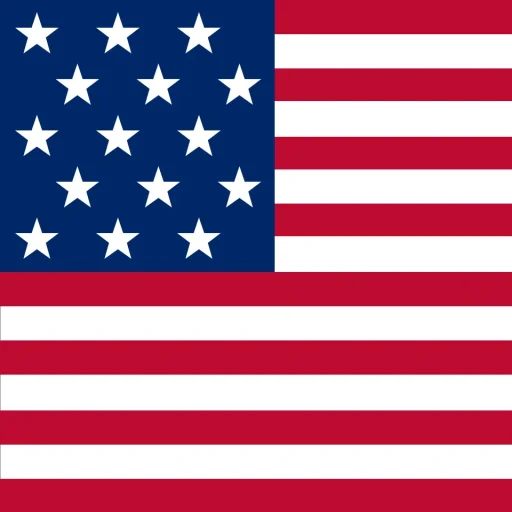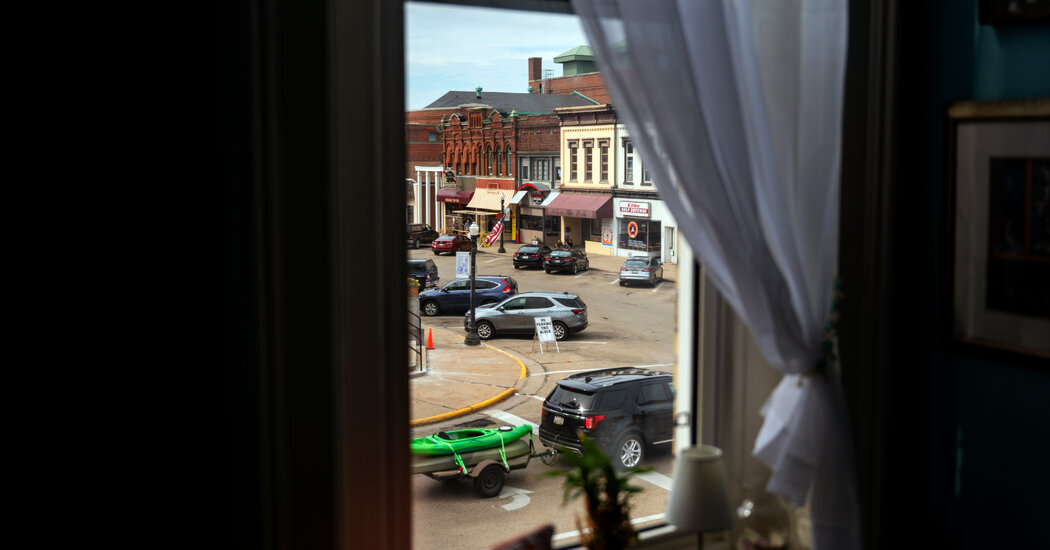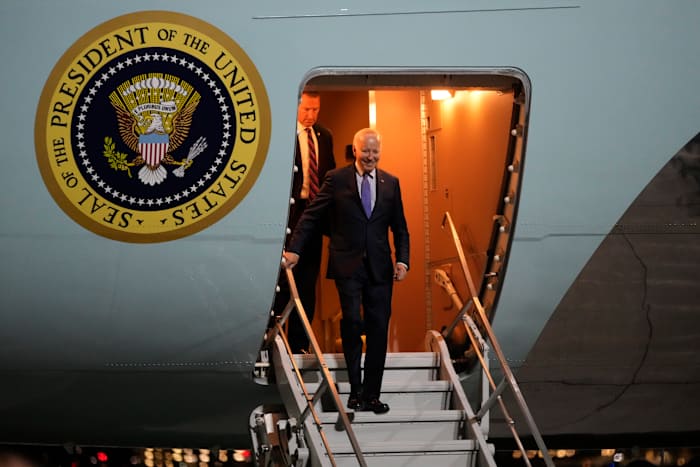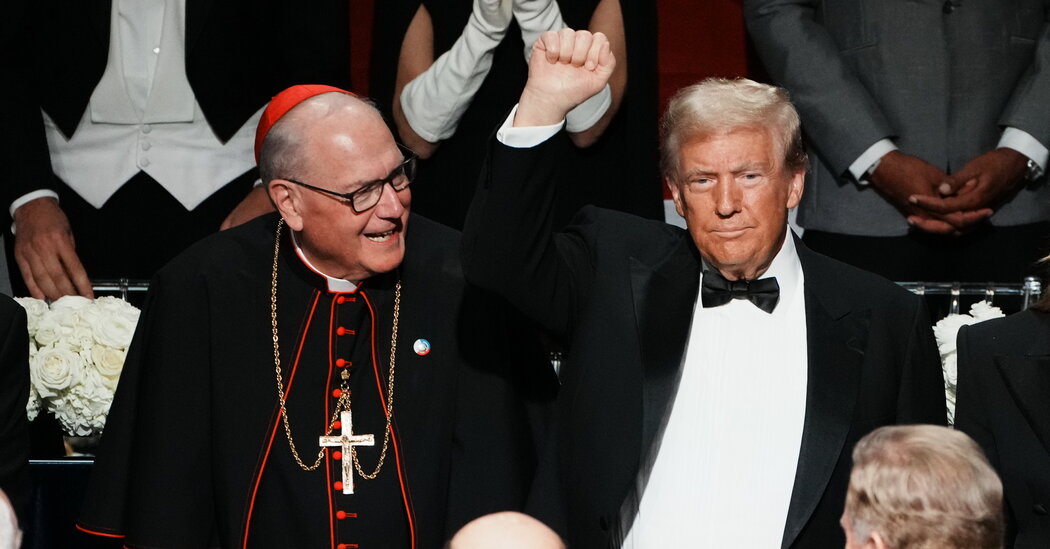Sauk County, Wisconsin: A Microcosm of America’s Political Divide
In the heart of Sauk County, Wisconsin, the signs of division are as clear as day. From lawns adorned with placards supporting Vice President Kamala Harris to those championing former President Donald J. Trump, the county is a vivid reflection of the polarized political landscape sweeping across the nation. This small community, known for its picturesque landscapes and friendly residents, is grappling with the same contentious issues that have divided Americans everywhere.
At the Square Tavern in Baraboo, the county seat, tensions recently boiled over during a heated barroom debate. To restore some peace, the bartender took a creative approach, posting handwritten notes on the giant mirror behind the bar: “No Politics and No Religion.” It’s a simple request, but it underscores the growing frustration among locals who just want to enjoy a drink without diving into the deep end of political discourse.
Sauk County has a reputation as a presidential bellwether, having voted for the winning candidate in the last four elections. Yet, as the 2024 election approaches, residents find themselves split on critical issues like the rising cost of groceries and housing, crime, abortion, and immigration. With the prospect of supporting a Black woman for president and the ongoing controversies surrounding Trump, the county is also wrestling with a divisive racial undercurrent that could sway voters in this swing state.
Demographically, Sauk County is predominantly white, but its small yet growing nonwhite population has sparked discussions about race and inclusion. This summer, a county board meeting turned hostile as residents expressed concerns about the potential settlement of refugees in their community. Such incidents highlight the underlying tensions that can surface when discussions about race and immigration arise.
As the political landscape continues to evolve, residents are left to navigate their differences. Many express a desire for unity, hoping to find common ground on the issues that matter most to them. Yet, with the stakes higher than ever, the challenge remains: how to engage in meaningful conversations without letting political affiliations drive a wedge between neighbors.
In a county where the signs of division are everywhere, the question looms large: can Sauk County come together to address the pressing issues facing its residents, or will the political divide deepen as the election approaches? Only time will tell, but for now, the community is left to grapple with the complexities of a nation at odds with itself.



